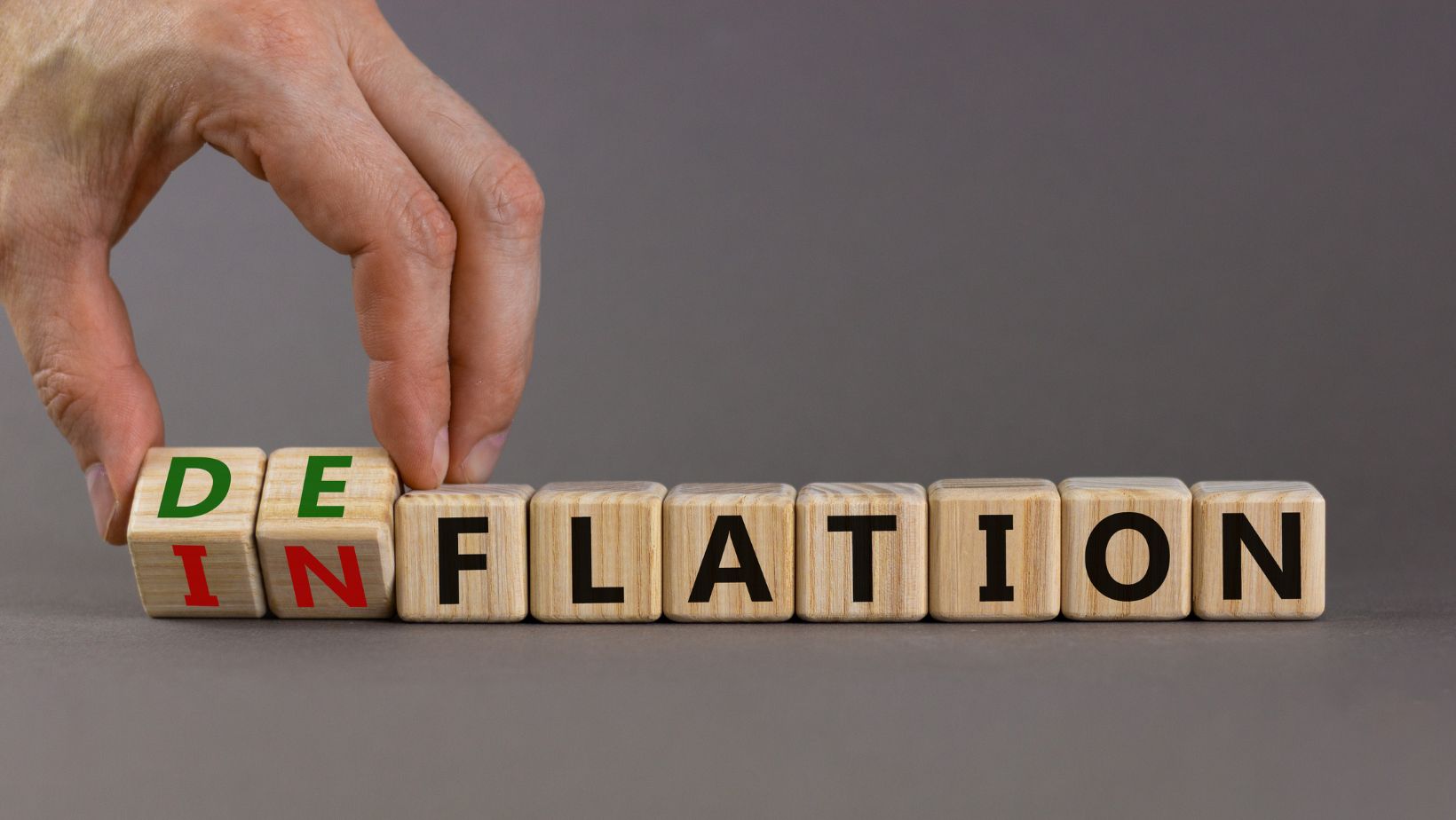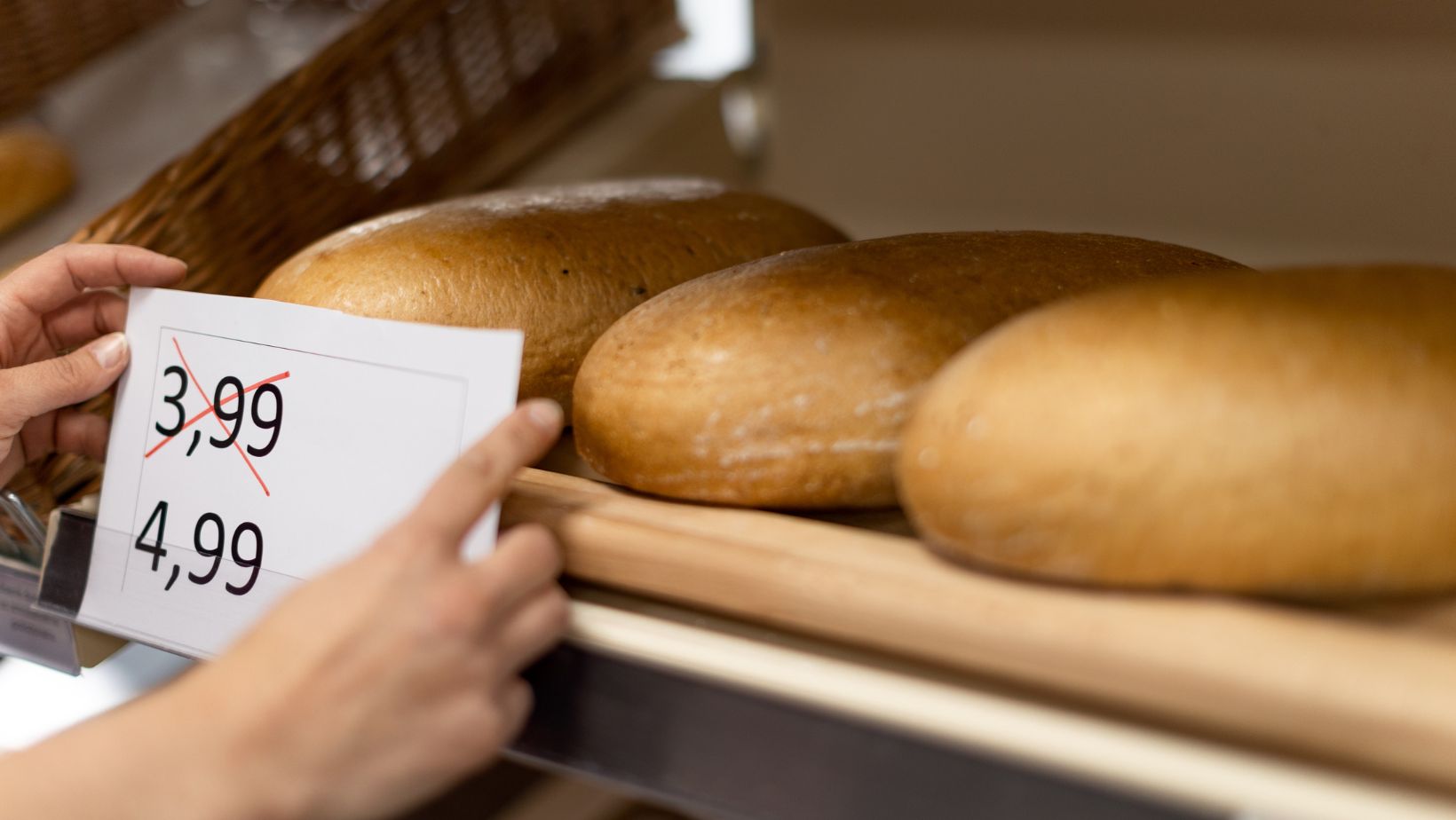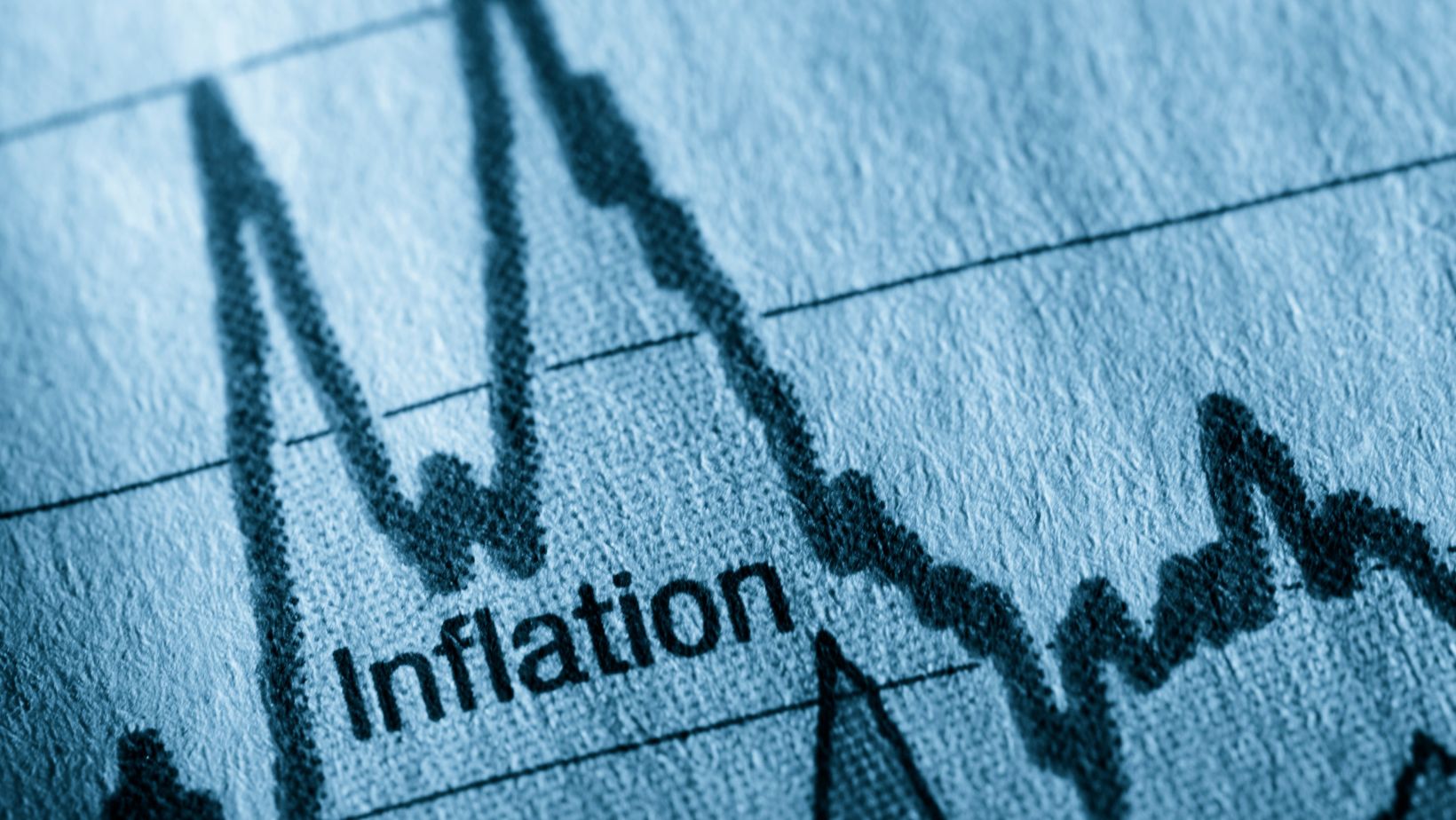What is Personal Inflation And What Affects it

Personal inflation is the phenomenon of rising prices for goods and services that affects an individual or household to a greater extent than the average inflation in the national economy. Personal inflation is the individual experience of changing the cost of living for a particular person or family. When personal inflation sets in, one solution to the problem can be Payday Depot. It can help you deal with personal inflation for a short time.
What Affects Personal Inflation?
Personal inflation cannot be judged by the change in the price of just one good, so many factors affect personal inflation:
- Consumer Habits. If you have special needs or preferences, the cost of the goods and services you purchase may be higher.
- Dependence on specific goods. If you are dependent on certain goods or services that are subject to higher inflation, your personal inflation may be higher than average.
- Individual Circumstances. Life events such as marriage, having children, or moving can affect your spending and, therefore, your personal inflation.
- Investments. If you invest in assets that are subject to higher inflation, such as real estate or stocks, your personal inflation may be affected.
Why Calculate Personal Inflation
The calculation of personal inflation helps to plan the family budget better and more efficiently and not make rash spending, leaving funds for really important purchases. Determining personal inflation can be challenging, as it is highly dependent on individual circumstances and preferences. However, you can keep track of your monthly or annual expenses, as well as track price changes for goods and services that interest you. This can help you determine which aspects of your personal economy are affecting your spending and how those changes fit into the overall economic context.
How to Calculate Personal Inflation
You can calculate personal inflation by looking at your spending and price changes for the goods and services you buy. To get started, make a list of your expenses for the month for all categories:

- Products
- Clothing and footwear
- Household goods
- Medications
- Entertainment
- Transport
- Rental of property
- Education
- Other
After compiling a list of goods and services, choose a base period to serve as a starting point. Write down the current prices for each product and service on your list. Multiply the prices of each good and service in the base period by the number of purchases in that period. Add up all costs to get the total cost of living in the base period. Get up-to-date prices for the same goods and services as in the base period. Multiply the prices of each good and service in the current period by the number of purchases. Add up all the costs to get the total cost of living in the current period. Use the following formula to calculate personal inflation: Inflation = ((Current Period Value – Base Period Value) / Base Period Value) * 100.

This calculation will give you the percentage change in your cost of living from the base period to the current period. If the result is positive, it indicates an increase in the cost of living and, therefore, personal inflation.
-
Personal Finance1 year ago
How Do I Find My UCAS ID Number?
-
Success6 years ago
Consistency: The Key Ingredient to Success
-
Personal Finance1 year ago
What Does Conditionally Approved Mean For An Apartment?
-
Motivation3 years ago
How To Become a More Organized Person?
-
Others5 years ago
Work Health and Safety: 8 Reasons to Maintain a Clutter-free Office
-
Entrepreneurs4 years ago
Why Diversity is Key in Business Marketing
-
HK Pools1 year ago
The HK Pools Forum Comunity Jos Markotop 2D Warna Kuning – A Great Way to Stay Connected
-
Sport2 years ago
What Makes Soccer Betting So Great?



























